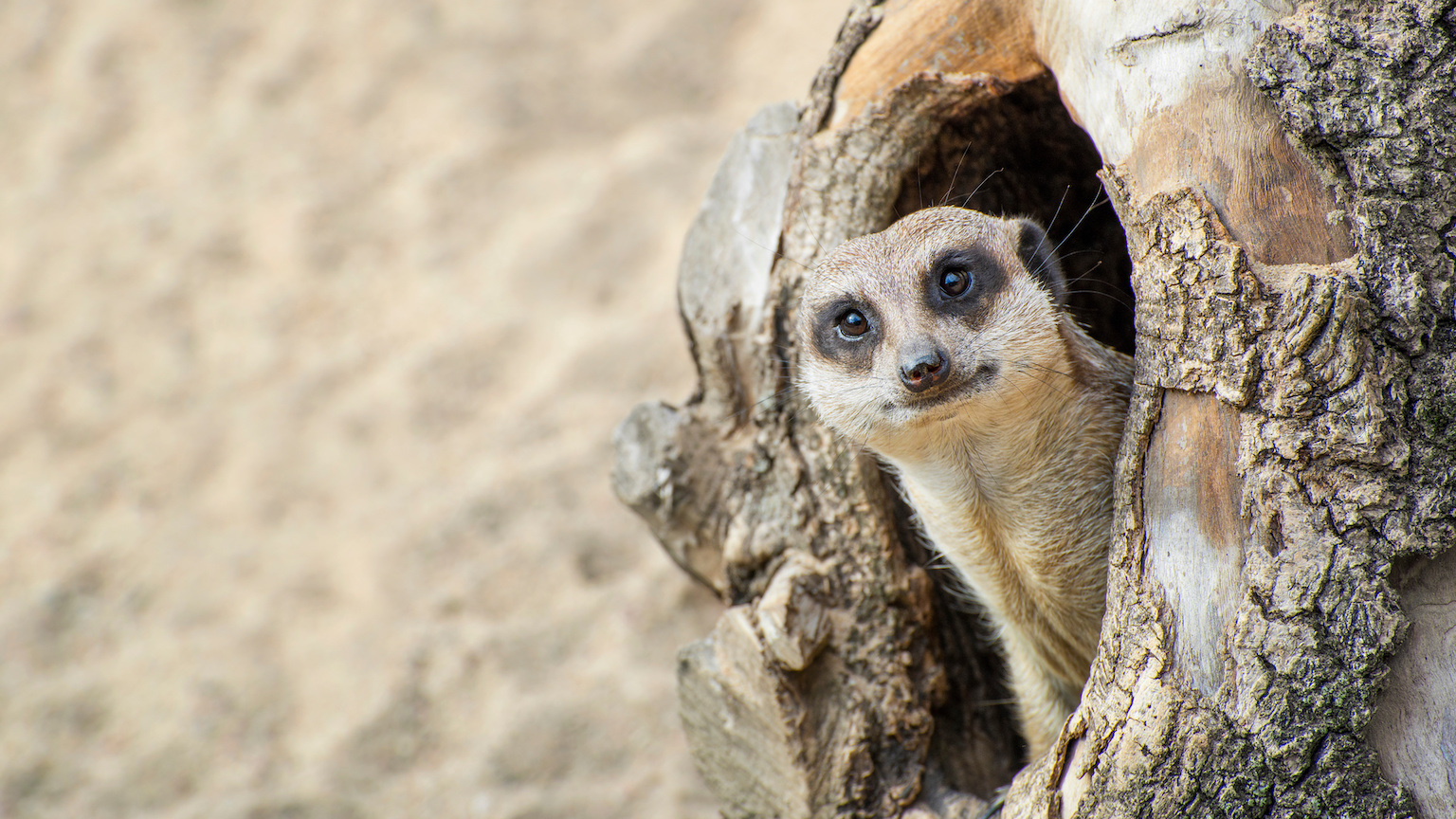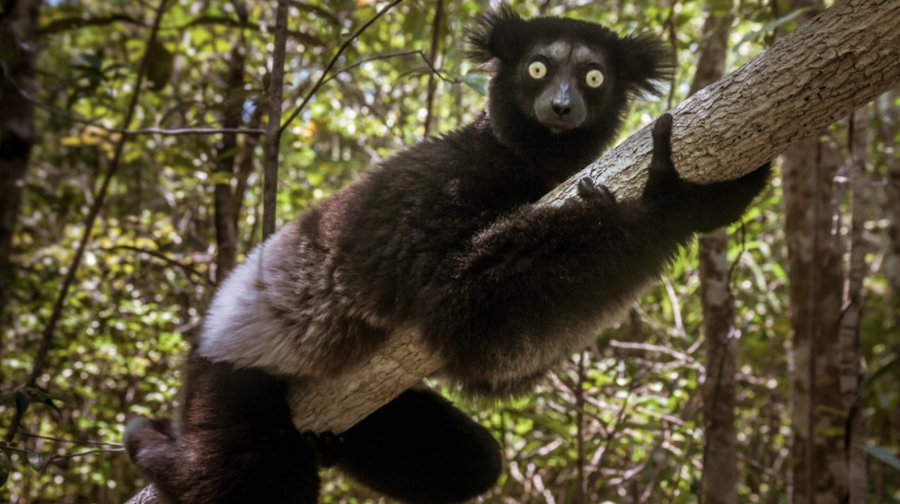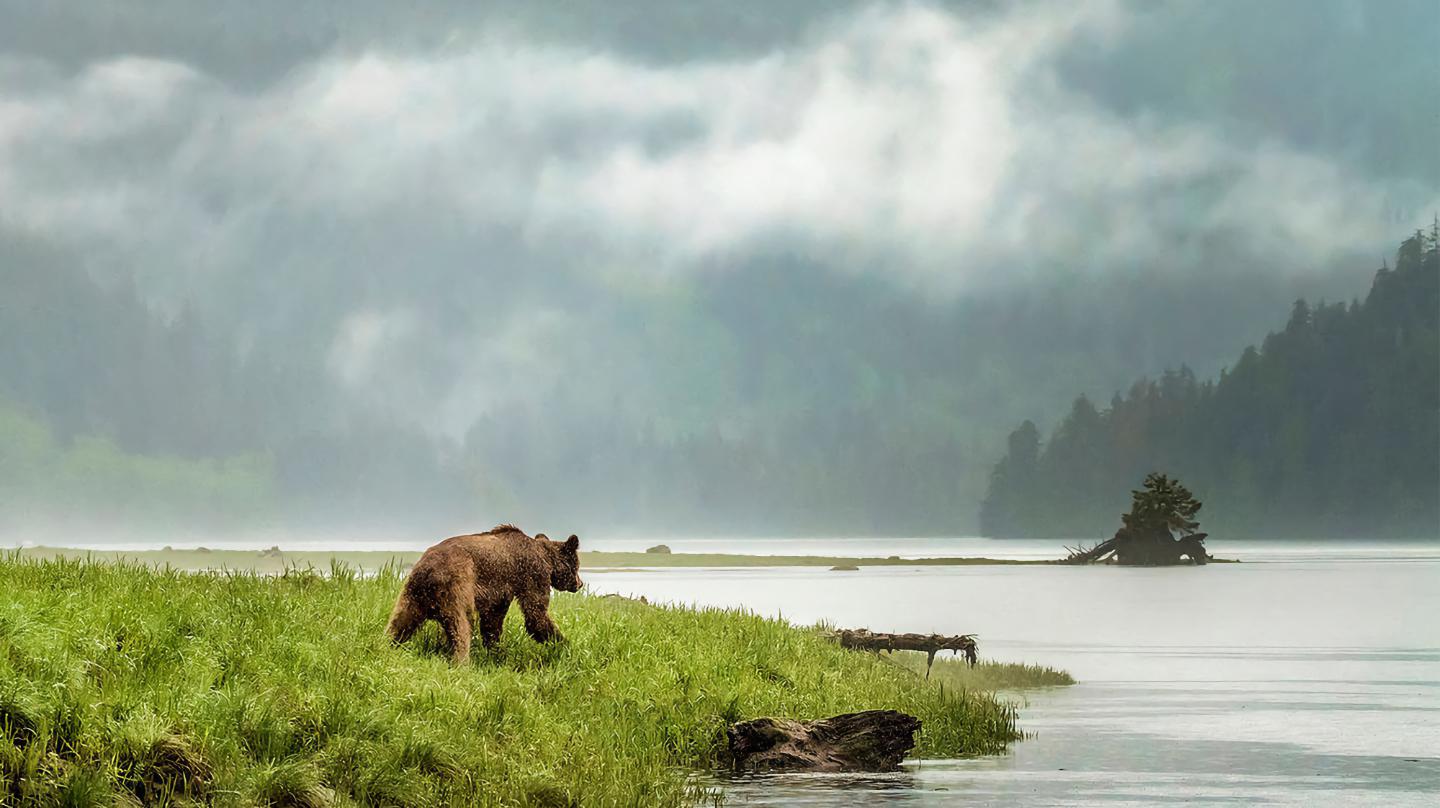Hope for Bigfoot hunters: Hundreds of unknown mammal species may be hidden in plain sight

- Biologists have long sought to categorize the overwhelming complexity of life on Earth by classifying organisms into species.
- Only an estimated one to ten percent of Earth’s species have been formally described. Biologists use the term “Linnean shortfall” to describe the discrepancy between the number of described species and the number of actual species.
- Research using a novel model suggests that hundreds of undescribed mammals exist in predictable habitats. The results suggest that we can overcome the Linnean shortfall if we invest more time and money into finding and describing new species.
Bigfoot enthusiasts, rejoice! We have hopeful news. A new study finds that there may be hundreds of undescribed mammals lurking in the shadows.
The paper, published in March in the Proceedings of the National Academy of Sciences, fuels the imaginations of mammal lovers worldwide. The authors, led by Ohio State University graduate student Danielle Parsons, combined machine learning techniques with biology and genetics to ask whether any described mammal species might contain additional species “hidden” within them.
This is a serious piece of research. Naming an organism comes with legislative and societal implications related to how we manage and protect a species from our destructive actions. More broadly, because so much of what we know follows from studies that rely on recognized species, describing new biodiversity greatly informs our understanding of nature and biology. Parsons et al carried out the most comprehensive exploration to date into questions of missing biodiversity. The authors show that we have a long way to go before we come close to cataloging all of the world’s animals.
Mammals are close to our (mammalian) hearts
Mammals are the most studied group of organisms. This is fairly easy to understand. Humans like to study big animals that remind us of our own biology. Many of us are naturally more curious about lions and monkeys than crabs or flies. So while researchers think only one percent of all insects have been described, they widely consider that we are close to having found and named all the world’s mammals.
Still, new mammal species continue to be described every few years. Some experts have argued that there may be hidden species within certain mammal clades. What they mean by “hidden” is simple: They wonder whether what is labeled as one species might actually be a number of different species. Experts specifically contend that small-bodied mammal clades such as bats and rodents may contain these hidden species, especially in habitats that promote high endemism and speciation rates.
Most previous papers on the topic used qualitative arguments or literature reviews to estimate how much diversity may be hidden within these mammal clades. Such approaches are limited and biased, because they rely on published literature. The researchers for this paper, from Ohio State University and Radford University, took a different approach. They analyzed the genetic sequences of 4,310 species, or around 70 percent of currently recognized mammals, to create a model that predicts which groups have undescribed species. The model also describes the regions where these species may be hiding.
Overcoming the Linnean shortfall
By using a predictive model, the researchers could also confront another important biological mystery: Why is there such a large discrepancy between the number of described species and the actual number of species that exist? Biologists deem this the “Linnean shortfall” after Swedish biologist Carl Linnaeus, the father of modern species nomenclature. Essentially, the researchers hoped to uncover why we are not finding these hidden species. Do we lack the know-how? Or are we just being lazy?
Finding that we cannot predict which groups hide species would imply that biologists lack the means to describe hidden species. The opposite conclusion — that we can accurately predict which groups house hidden species — would suggest that we are not making enough effort to find these organisms, despite having the tools needed to find and describe them.
Hundreds of species are “hidden” within described groups
The researchers took advantage of a global dataset of mammalian DNA available in the National Center for Biotechnology Information’s genetic database, GenBank. They compiled a dataset of 117 key variables that describe aspects of a species’ life history and taxonomy. Then, they added around 3.3 million GPS coordinates from occurrence records to capture the environmental, climatic, and geographic data for the recorded species. Essentially, the researchers knew everything about these species, including how they are related to other animals, how big they are, and where they like to live.
They then asked the model: Based on genetic distance between samples and a generalized evolutionary model, how many species do you predict would be in this group of organisms? Even when using the most conservative methods, the analyses suggested that as many as one-third of the 4,310 species contain other species we have not discovered. The model predicted that most of these species are probably found in three groups of small-bodied mammals: bats, rodents, and members of the Eulipotyphla order (hedgehogs, shrews, and related mammals). These results match those predicted in the literature. That consensus leads to the sobering conclusion that the Linnean shortfall is not caused by our lack of understanding, but rather by our underinvestment in finding and describing these species.
Where are they hiding?
Since the predicted hidden diversity was unevenly distributed within certain types of mammals, the authors wondered whether these groups have any similar trait complexes. In other words, they asked whether certain traits are tied to a high predicted incidence of hidden species. They found several significant predictors, such as adult body mass and range size. But climate is key. Species that the model identified as harboring the highest levels of hidden diversity are found in regions with high precipitation levels during the warmest quarter of the year. The model also expects species to be hiding in areas with large temperature fluctuations.
What these climatic variables tell us is that hidden species are more likely to be found in areas with high variance in local conditions. That variability may give rise to diverse genetic structures due to habitat instability or local adaptations. It just so happens that these variables are characteristic of the wet tropics — where species diversity is indeed relatively high.
Since describing species is a uniquely human activity, we must consider our own biases. Maybe we do not find these species simply because we are not studying their described relatives enough. To rule this out, the authors added two variables that could quantify sampling effort or scientific interest. They measured how many recent publications reference the species, as well as the size of the geographic distribution of the species’ records. Interestingly, the results imply that the very same taxa that previous research has focused on — those enjoying a high publishing occurrence and a large occurrence area — are the most likely to contain hidden species. These results imply that biologists actively research the clades where undescribed species are likely to be found.
It’s not just small mammals
It might seem like we killed the Bigfoot party when we mentioned that most of these hidden species are to be found in small mammals. But fear not. Parsing through the data, we do indeed find that the widest discrepancy between predicted and observed species occurred in bats and rodents. (For example, starting from 1,319 rodent species, the model predicted there are 2,446.) But other groups have hidden species, too. For instance, from the 219 primate sequences, the model predicted there are 283 species — meaning some primates (Bigfoot!) may be waiting for discovery.
These are more than just numbers on a screen. In 2020, researchers discovered a new primate in the remote forests of Mount Popa, Myanmar. Unfortunately, the newly named Popa langur is already at risk of extinction from habitat loss and hunting.
Broader implications
As soon as we give something a name, we create a relationship with the organism. Most would contend that we must protect species vulnerable to human-related activities — species like the Popa langur. For example, in the U.S., where some new species of bats are being found, classifying an organism as endangered or threatened comes with a host of legal obligations to protect it. This research suggests that we are not doing our due diligence. As co-author Bryan Carstens told the American Association for the Advancement of Science, “We can’t protect a species if we don’t know that it exists.”
Further, the methods that the researchers used need not be limited to mammals. In fact, given that mammals have historically received a disproportionate amount of effort compared to groups like arthropods, the results of this study suggest that there are even more significant discrepancies in other groups. Because there is no reason to believe that mammal researchers are better at describing species, the researchers stress that the Linnean shortfall can be overcome with concerted effort and increased funding. These ventures of species discovery may have you imagining Indiana Jones-styled explorers wading through thick swathes of jungle. However, there are less sexy (and less expensive) ways to describe these animals. For example, many specimens from undescribed species are probably already present in natural history collections around the world.
So, to all of you who have waded hours in the forest looking for any sign of a fabled mega-mammal, here’s a piece of advice: Try harder.





